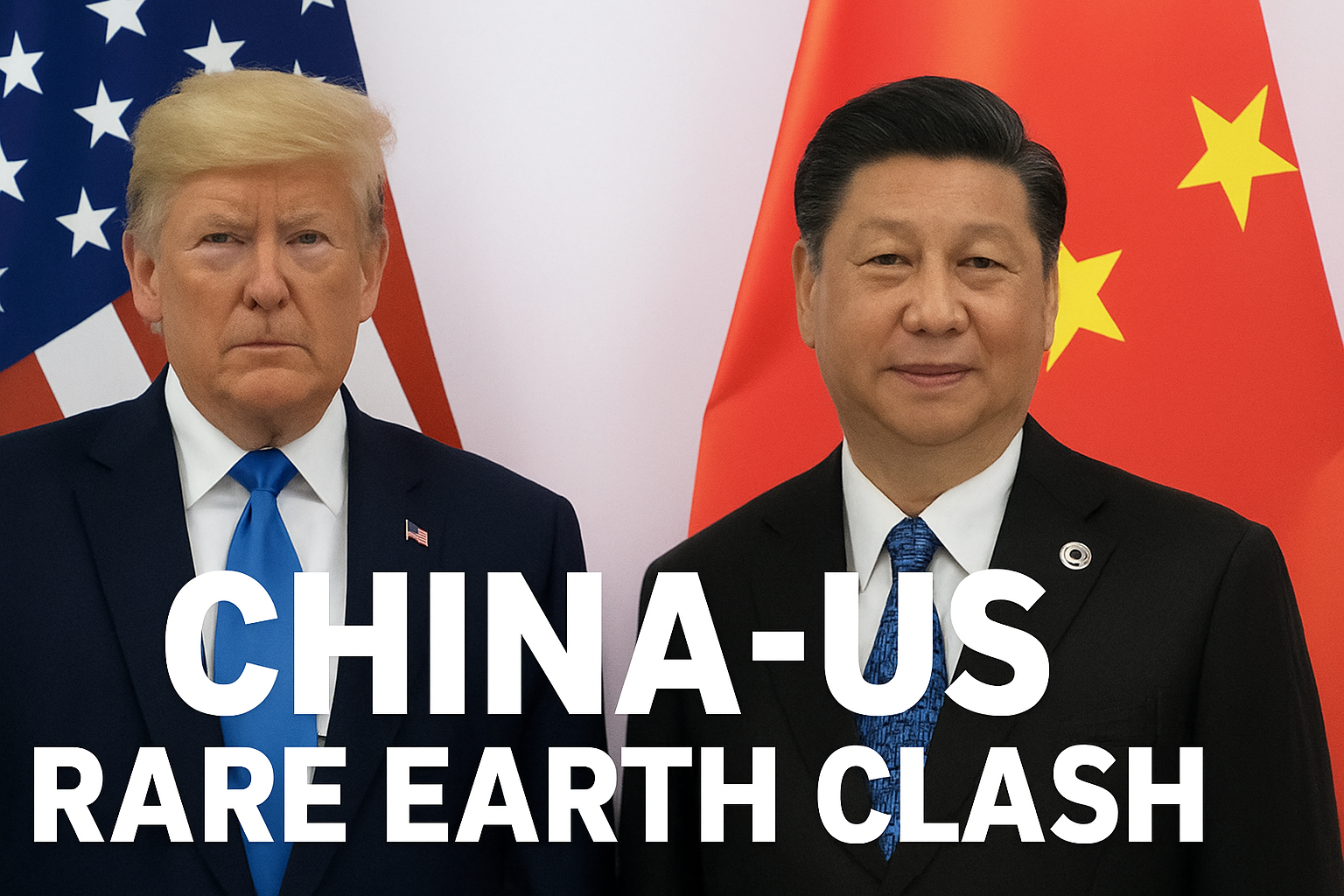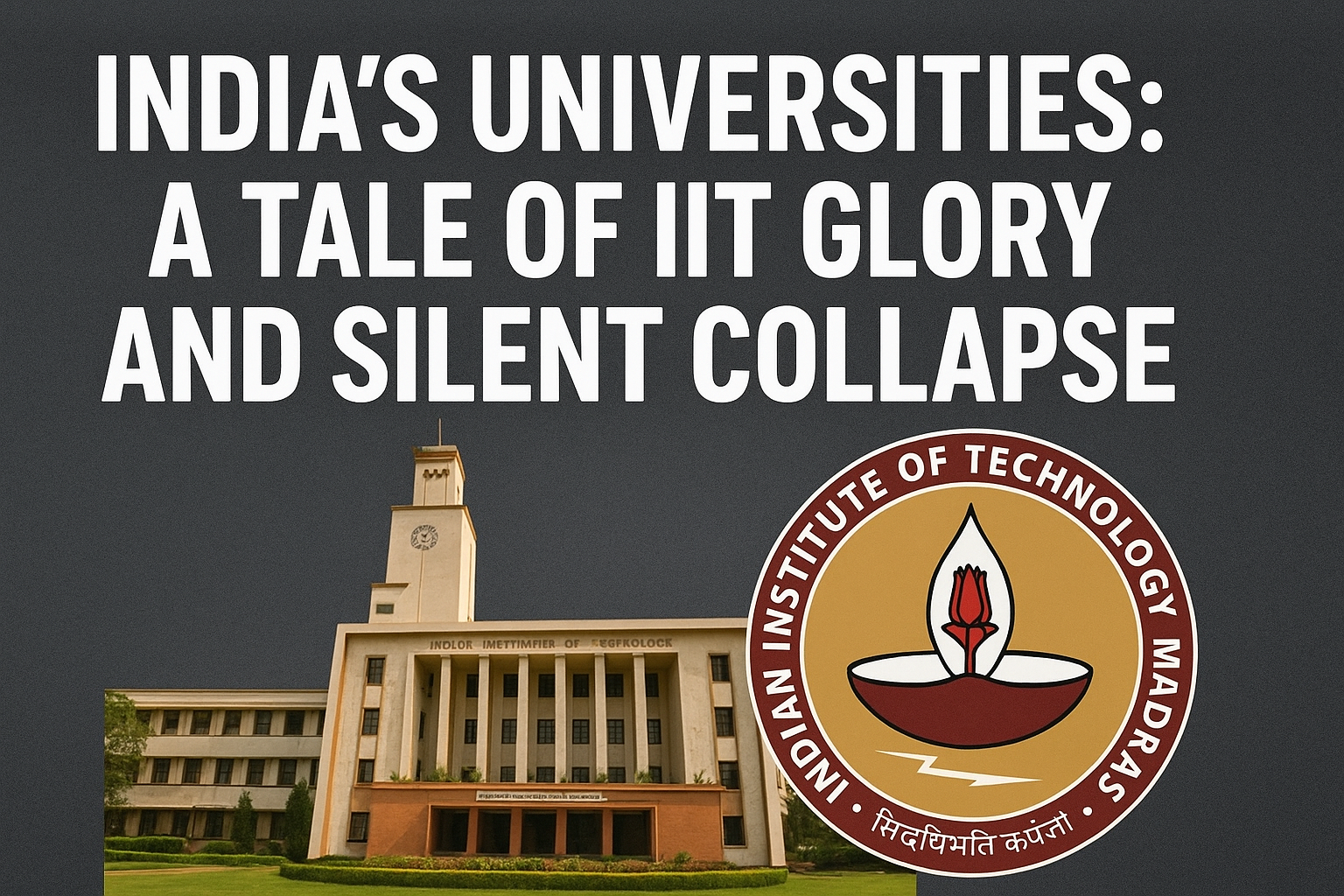
When the National Institutional Ranking Framework (NIRF) published its 2025 results, the top of the table brought little surprise. IIT Madras once again secured the first position, followed closely by IISc Bengaluru and IIT Bombay. For seven years, IIT Madras has remained unbeaten, proving its consistency in teaching, research, and graduate outcomes. The story of IITs and IISc shines brightly, but the larger picture of Indian higher education is far from radiant. The rankings have once again exposed a sharp divide. On one side stand the celebrated institutes of technology, medicine, and management. On the other side lie hundreds of universities that fail to make their presence felt. This divide is not just about rankings but about the very health of India’s higher education system.
The Dominance of a Few
The parameters of NIRF rankings are straightforward. Teaching and learning, research, graduation outcomes, outreach, and perception are the five main pillars. IITs and IISc have mastered this model. They attract the best students, hire qualified faculty, and secure large research grants. Their graduates move into top jobs in India and abroad, boosting placement records. Alumni networks further enhance perception, which is a crucial component of the rankings.
For example, IIT Madras not only leads in engineering but also topped the category on Sustainable Development Goals. IISc Bengaluru continues to dominate research output, while IIT Bombay enjoys strong industry linkages. Together, these institutions project India’s capacity to produce world-class education.
Yet, the problem lies in the overconcentration of excellence. The same names repeat every year, while the vast majority of Indian universities remain invisible.
The Crisis of Universities
India has over 1,100 universities and nearly 45,000 colleges. However, fewer than 100 institutions manage to make it into the upper levels of the rankings. The majority struggle with structural deficiencies that prevent them from reaching national or global standards.
1. Faculty Shortages
Many universities operate with a severe shortage of permanent teachers. Central universities have nearly one third of posts vacant, and the condition of state universities is even worse. Temporary appointments and ad hoc teaching have become common. It not only lowers the quality of education but also discourages meaningful research, since contractual teachers lack both time and incentive.
2. Research Weakness
India contributes less than 5 percent to global research output. The bulk of quality publications comes from IITs, IISc, AIIMS, and a few central universities. Most state universities produce very little credible research. Faculty members often publish in low-quality or predatory journals just to meet regulatory requirements. As a result, Indian universities rarely appear in international rankings like QS or Times Higher Education, which focus heavily on citations and collaborations.
3. Financial Inequality
Funding is another barrier. While IITs and IIMs receive generous government support, many state universities cannot even cover salaries without delays. Infrastructure such as laboratories, libraries, and hostels are outdated or poorly maintained. The push toward self-financing has further increased the burden on students, making education less inclusive.
4. Political and Administrative Interference
Universities are often controlled by state governments. Appointments of vice chancellors are politicized, funds are delayed, and decision-making is restricted by bureaucracy. Academic freedom is limited, and universities often become battlefields for political ideologies rather than spaces for intellectual growth.
5. Poor Global Linkages
Internationalization remains weak. Very few Indian universities attract foreign faculty or students. Exchange programs are limited, and collaborations with global universities are rare. This isolation makes it hard for Indian universities to compete with Asian peers such as Tsinghua in China or NUS in Singapore.
Two Worlds in One System
These problems have created a two-tier system in Indian higher education. The first tier is made up of IITs, IIMs, IISc, AIIMS, and a few central universities. They receive the best resources, enjoy high levels of autonomy, and continue to build their global reputation. The second tier is made up of state universities and most private institutions. They admit the majority of students but struggle with declining quality and limited opportunities.
The results are visible in the job market. Graduates from IITs and IIMs are in demand worldwide, while students from lesser-known universities often face unemployment or underemployment. This divide reinforces inequality in society, where access to elite institutions determines access to secure futures.
The Global Context
The problem becomes sharper when viewed against global examples. China has transformed its universities in just two decades by heavy investment, international recruitment, and strong research programs. Singapore has positioned NUS and NTU as hubs of global talent through industry partnerships and global collaborations. Even European countries, where public education is subsidized, maintain high-quality state universities that provide accessible yet world-class education.
India, however, relies on a handful of elite institutions to carry the reputation of the entire system. While they shine, the rest are left behind, unable to climb the ladder of excellence.
Consequences for Students and Society
The collapse of many universities has direct consequences. First, graduate unemployment is high. Surveys show that nearly one in five graduates in India remains unemployed, reflecting both lack of jobs and lack of employable skills. Second, brain drain continues as lakhs of students move abroad each year in search of better quality education. This not only drains talent but also costs India billions in foreign exchange. Third, the neglect of state universities undermines social mobility. Students from rural or low-income backgrounds, who depend on these universities, are left with limited chances to improve their lives.
Towards Inclusive Excellence
If India is to be a knowledge economy, it cannot rely on a few elite institutions. It must raise the standard of its wider university system. This requires bold reforms.
- Strengthening State Universities: Recruitment of faculty must be regular and transparent. Infrastructure needs urgent upgrading. Funding should be timely and sufficient.
- Promoting Research: Grants and fellowships should be available across institutions, not only in IITs and IISc. Research must be linked to industry needs as well as local development.
- Greater Autonomy: Universities need freedom in curriculum design, hiring, and financial management. Autonomy combined with accountability can encourage innovation.
- Internationalization: Partnerships with foreign universities, exchange programs, and recruitment of global faculty can help Indian universities enter global networks.
- Broader Evaluation: Rankings should not only measure placements or perception but also the social contribution of universities. Their role in local economies, rural outreach, and social change must be considered.
Beyond the Glitter
India’s higher education today is a story of islands of excellence surrounded by an ocean of mediocrity. IITs and IISc rightfully deserve their glory, but their repeated dominance hides the silent collapse of the wider university system. A nation of 1.4 billion cannot depend on a few institutes for its intellectual future. Unless state universities are revived and private institutions are made more accountable, India will continue to celebrate hollow victories in rankings while millions of its students remain trapped in broken systems.
The question is not whether IITs will top the rankings again next year. The real question is whether the rest of India’s universities will ever rise to meet them.


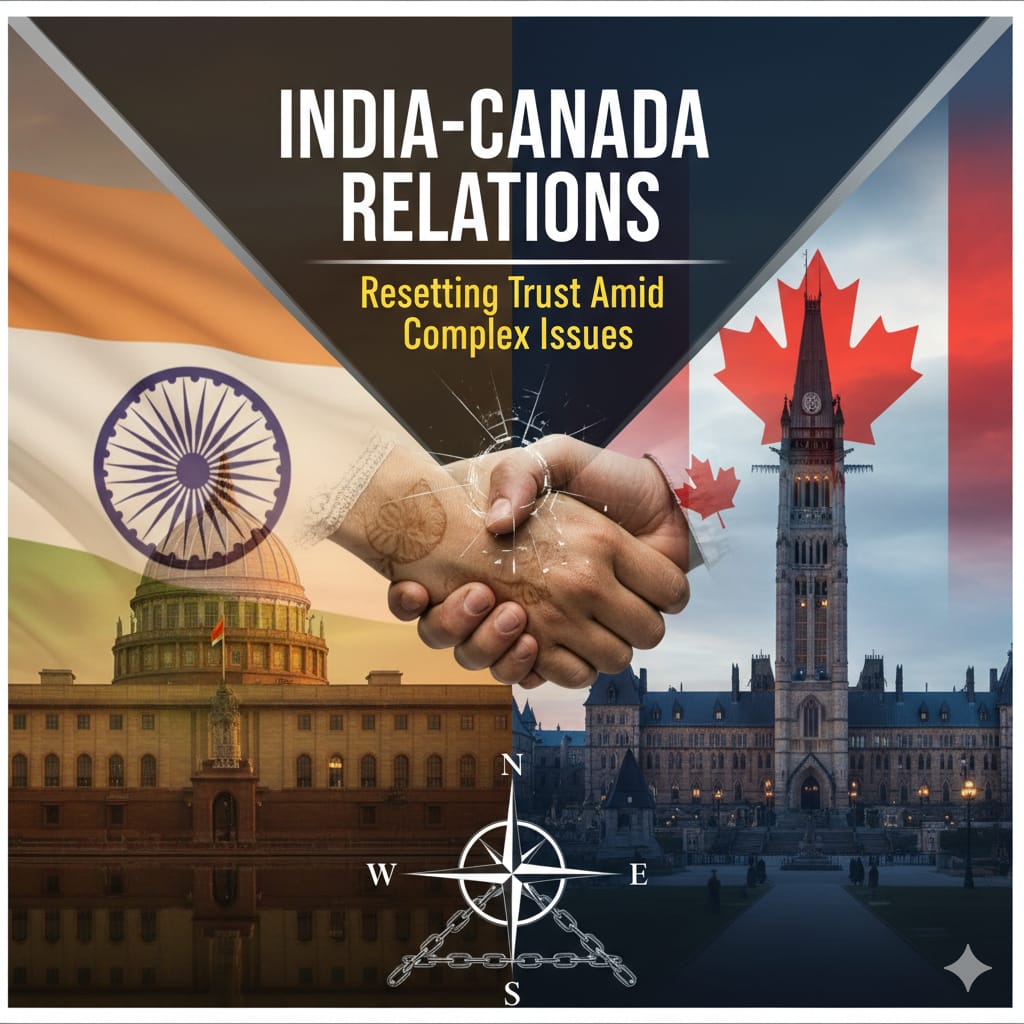
.jpeg)




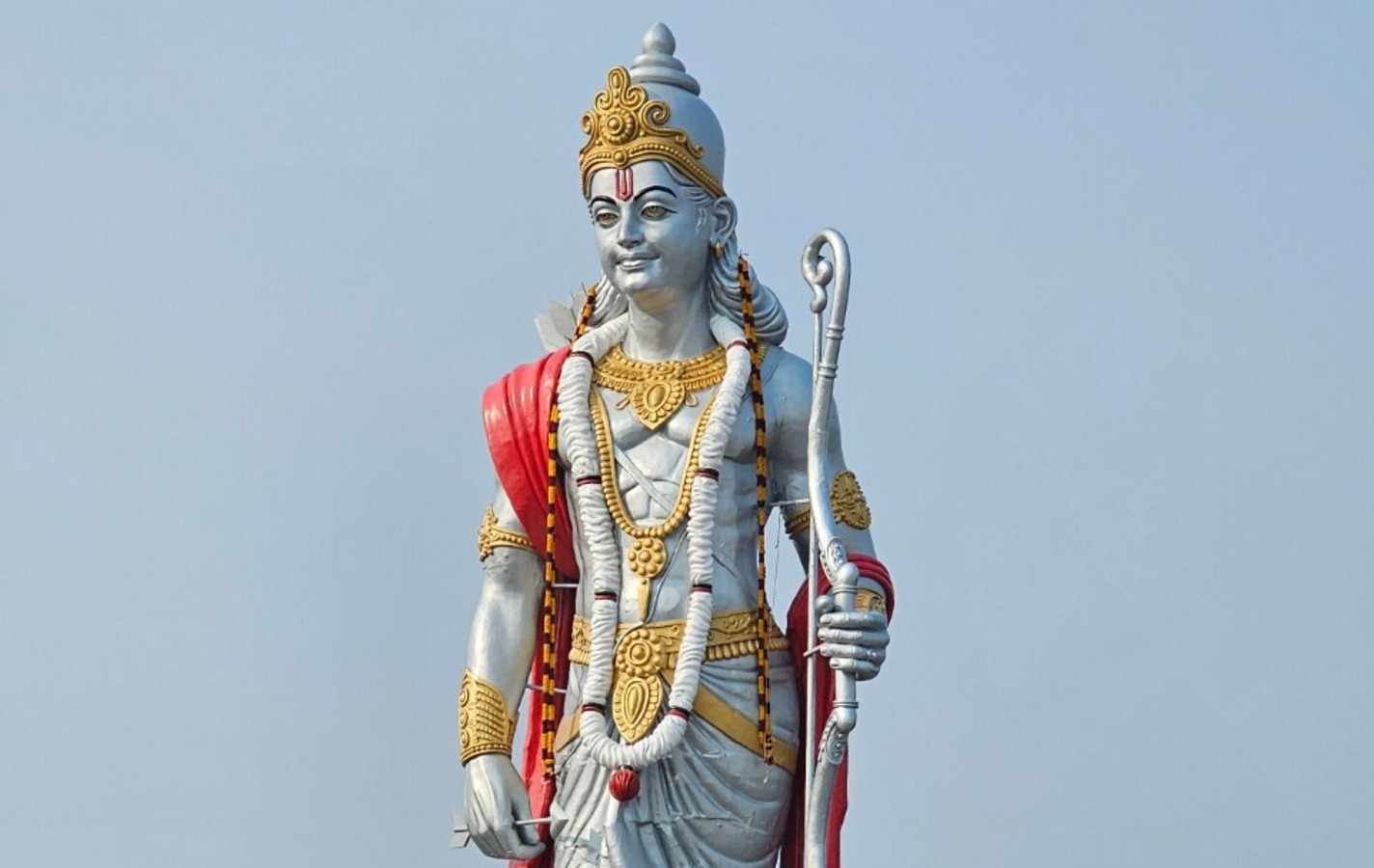
.jpeg)
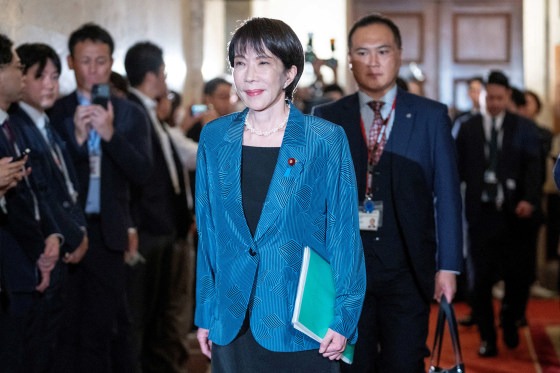


.jpeg)



.jpeg)
.jpeg)
.jpeg)
